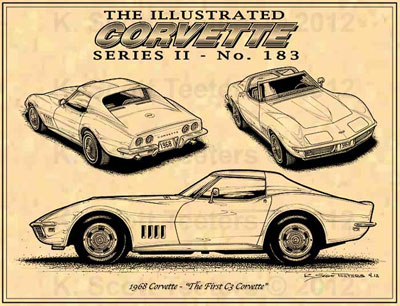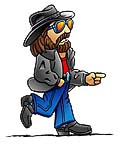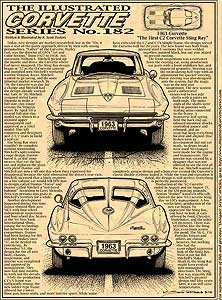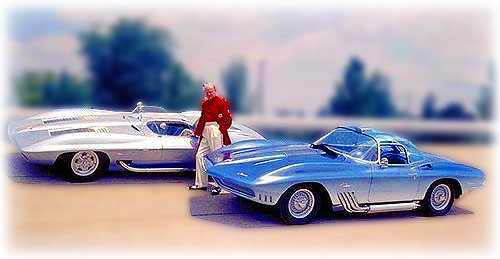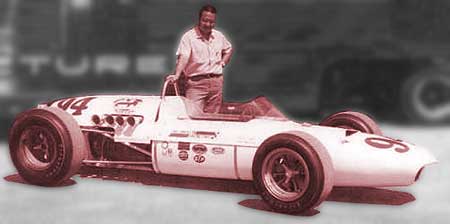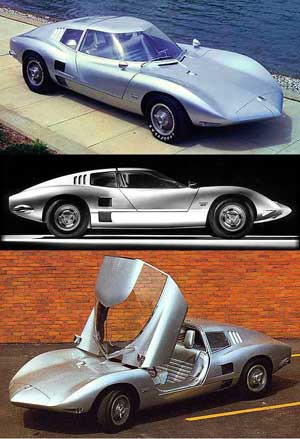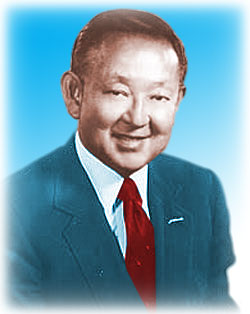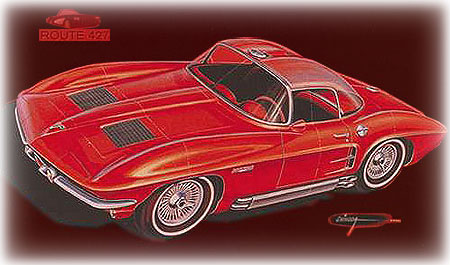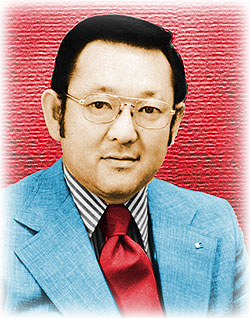Mr. Duntov took care of “his customers” that wanted to go racing!
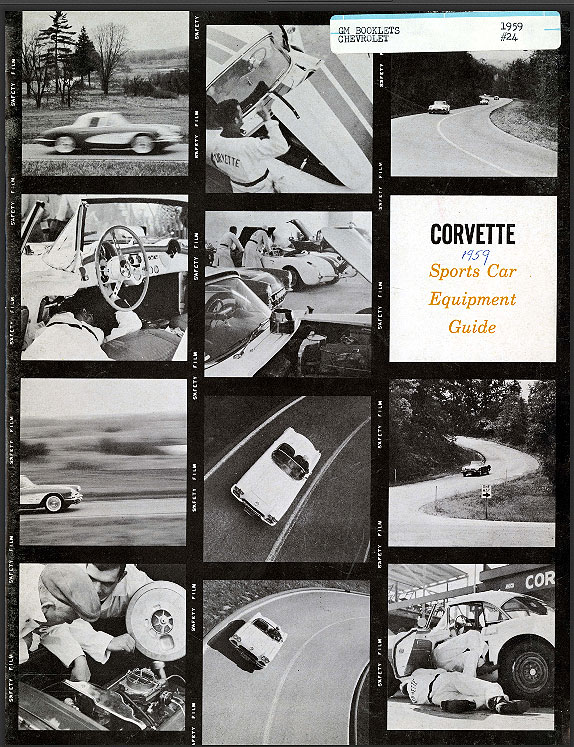
Dateline: 5-27-17 (Download link is at the bottom of this story) – Before the ax fell in 1957 thanks to the AMA Factory Racing Ban, Zora Arkus-Duntov was planning to take a team of his 1957 Corvette SS Racers to Le Mans. The completed SS Racer was an embarrassment at it’s 1957 Sebring debut and in fact, the Corvette SS mule car showed more promise. The car was rushed in its construction and was actually being finished inside the transported on route from Detroit to Sebring, Florida. Management seemed to be more interested in having the car look good than a developed racecar. In retrospect, the car was terribly underdeveloped. Then, right after the race, GM signed on with the AMA Racing Ban and as Duntov liked to say, the program came to, “… a screeching halt!”
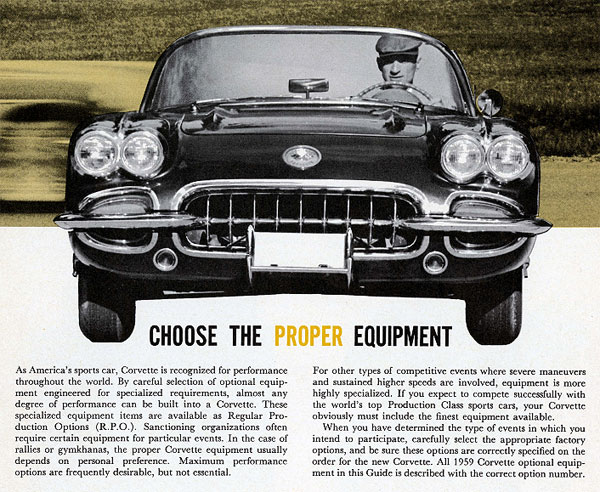
But two major elements from the Corvette SS project survived and eventually made a significant impact on Corvette racing. The finished Corvette SS Racer with its magnesium body was converted into a show car and went on tour with a jet age bubble top. The rough mule car was stripped of it’s cobbled together fiberglass body and the chassis went into storage, only later in 1958/59, to be bought for a nominal fee by then-new GM VP of Styling, Bill Mitchell so that Wild Bill could go racing. His racing effort could in no way look like it was a GM-sponsored enterprise. Mitchell’s racing indulgence became the Stingray Racer, which was the public face of what would eventually become the 1963 Sting Ray. Continue reading “
Vintage 1959 Corvette Sports Car Equipment Guide – PDF Download!”


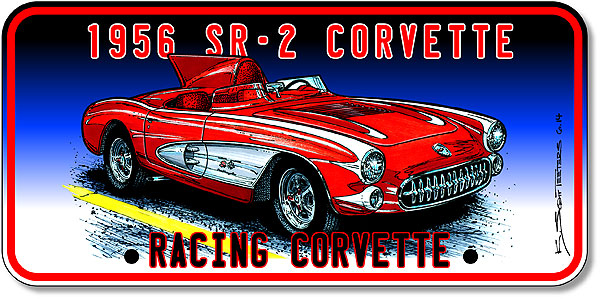
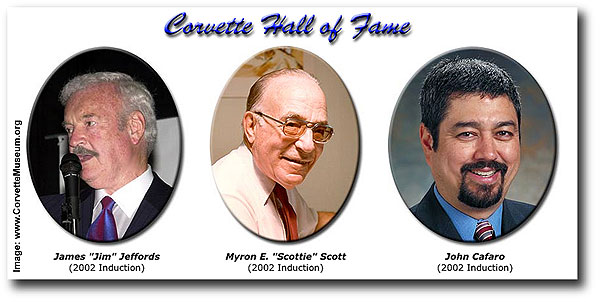 Dateline: 8.30.15 –
Dateline: 8.30.15 –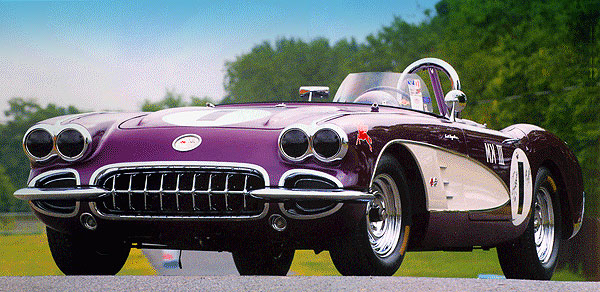
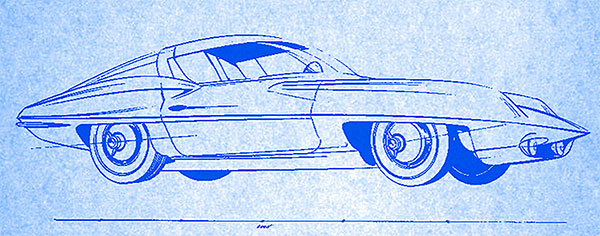
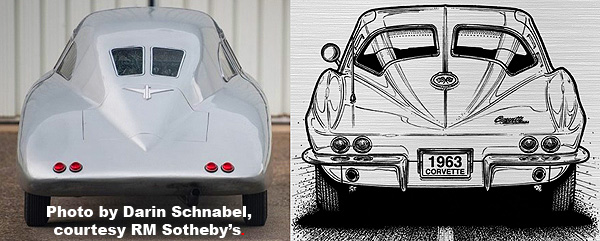
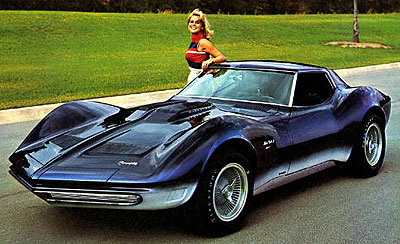 Forty-Nine years ago today, October 5, 1965,
Forty-Nine years ago today, October 5, 1965,